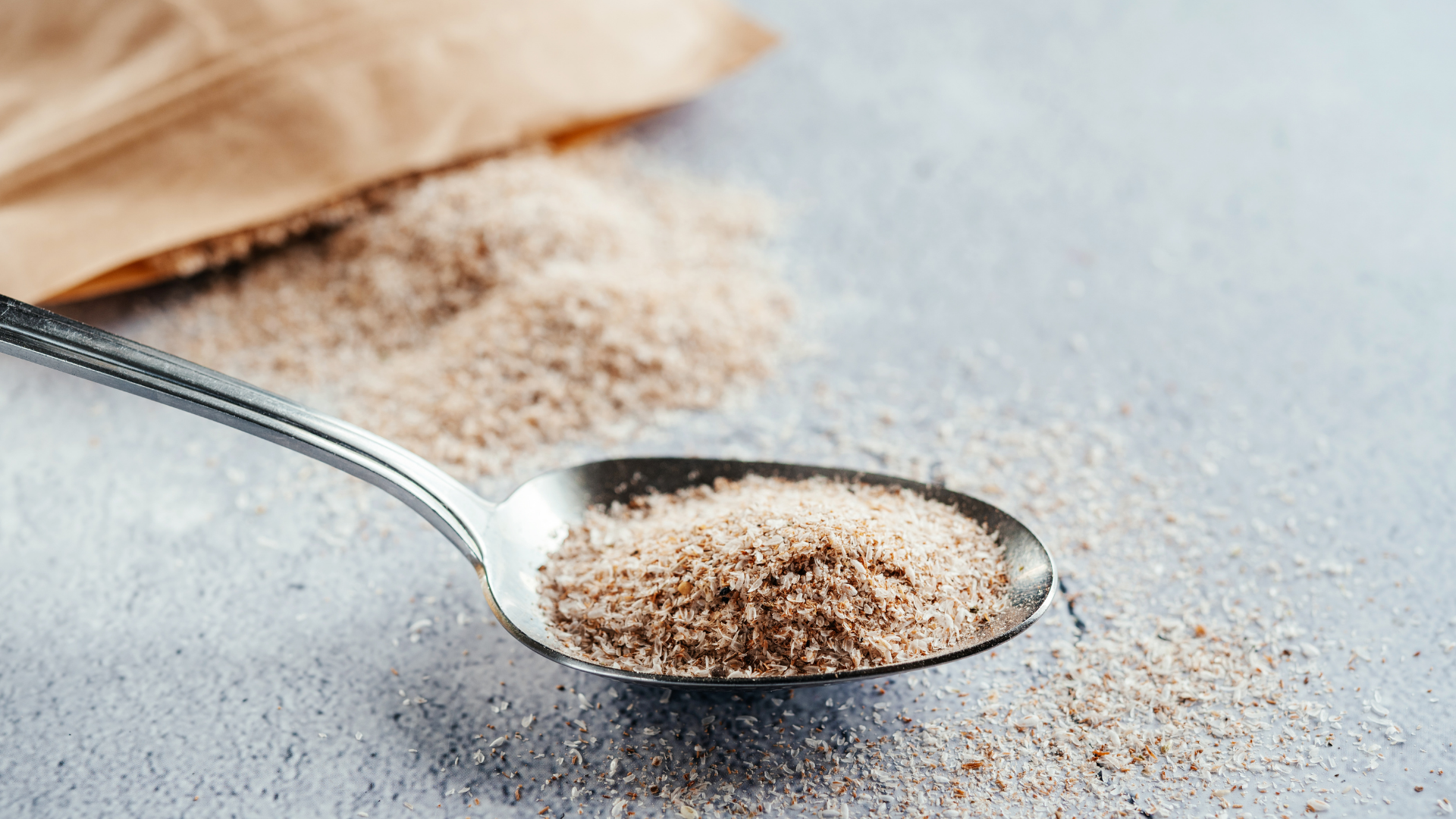The search for sustainable production combined with the highest levels of quality demand by consumers is a challenge that nutritionists have strongly embraced. The production of animal-derived proteins to supply population growth is expanding rapidly and the duty to animal welfare must be allied to production strategies. In this quest to produce with quality and with low costs, the concern with the integrity of the intestinal mucosa and the balance of the microbiota has gained space in the decision to use alternative ingredients, such as dietary fibres, which are promising in this mission.
One of the components that are present in the ingredients, but that does not receive much attention, is fibre. Dietary fibres, also known as Non-Starchy Polysaccharides (NAPs), are the portions of polysaccharides that are not digested by enzymes produced in the gastrointestinal tract of poultry and swine. It is composed of cellulose, hemicellulose (arabinoxylans, xyloglucans, galactomannans, β-glucans, among others), pectins, gums, and resistant starch.
Little is understood about its physicochemical effects on the gastrointestinal tract and precise data on content, composition and variation are scarce. Conventional ingredients, for example, may show variation in fibre composition due to genetic differences, climate, harvest season, and processing conditions. When not well quantified, the variation in its composition can have negative consequences on the efficiency and uniformity of animal production.
However, dietary fibres have stood out as an option in the search for a more sustainable animal feed production, in addition to being a well-known and well-established strategy for some categories, such as swine and laying hens, in which their use is associated with the satiety and also in the supply of Energy by the way it acts in the intestine. For example, in the case of sows in gestation, the energy contribution obtained from the use of SCFA from fibre fermentation can reach 30% of the maintenance energy needs, which may vary according to solubility (soluble and insoluble fibre, each with its constituent profile and variable according to the raw material) and the quality of the fibre present in the diet, this is due to the action of the microflora of the gastrointestinal tract, which enzymatically breaks the β-1,4 bonds of cellulose, making glucose available to be fermented. in short-chain fatty acids (SCFA) that provide positive benefits for intestinal health, strengthening the structure and function of the mucosa.
Also read: Certified Grains – Sustainability and Safety
From the point of view of dietary fibre, its fractions can be divided according to their solubility. Soluble dietary fibre is characterized by rapid fermentability by microorganisms of the large intestine and the formation of a viscous gel. This gel causes a decrease in gastric emptying, bringing the feeling of satiety, in addition to making digestion and transit time in the intestine slower. As a consequence, there is a reduction in nutrient absorption and feed consumption, which may affect growth performance when at exacerbated levels in the diet. On the other hand, insoluble digestible fibre is slowly or partially fermented and absorbs water during its passage through the digestive system, increasing faecal volume and reducing intestinal transit time. As a result, the stool becomes soft and easy to pass. Its strategic use brings positive physiological effects, such as gizzard development in broilers and layers and the production of endogenous enzymes, resulting in improvements in nutrient digestibility, mortality rates, growth, and feed efficiency.
Access our linkedin
In addition, the advancement of mechanisms for identifying fibre fractions and the development of nutritional additives capable of increasing their use as a microbiota modulator, show strength as alternatives in formulations. It is known that the gut microbiota contributes significantly to immune development and metabolic health, where changes in the composition of the microbiota can lead to a disturbance of the immune system in the gut, causing damage to the mucosa and impairing the absorption of nutrients, affecting the health of the intestine. animal and compromising its productive potential.
However, the effects of fibre are level and type-dependent, thus requiring knowledge about source, form, processing, and inclusion level, seeking to obtain desired performance and economic benefits under commercial conditions. 3rd generation extruded fibre sources are now available, capable of further enhancing their beneficial effects on the gut and serving as excellent options to support the development of beneficial microflora.
REFERENCES:
BERTECHINI, A. G. Nutrição de monogástricos. Lavras: Editora UFLA, 2006, 301p.
BRENNAN, C. S. Dietary fiber, glycemic response, and diabetes. Molecular Nutrition Food Research, Voorhees, v. 49, p. 560-570, 2005.
SILVA, J. H. V.; PASCOAL, L. F.; LIMA, R. B.; LACERDA, P. B.; ARAÚJO, G. M. Digestão e absorção de carboidratos. In: SAKOMURA, N. K. et al. (Coord.). Nutrição de não ruminantes. Jaboticabal: Funep, 2014, p. 47–61.
MAHAN, K. L.; ESCOTT-STUMP, S.; RAYMOND, J. L. Krause: alimentos, nutrição e dietoterapia. 13. ed. Rio de Janeiro: Elsevier, 2012, 1227 p.

